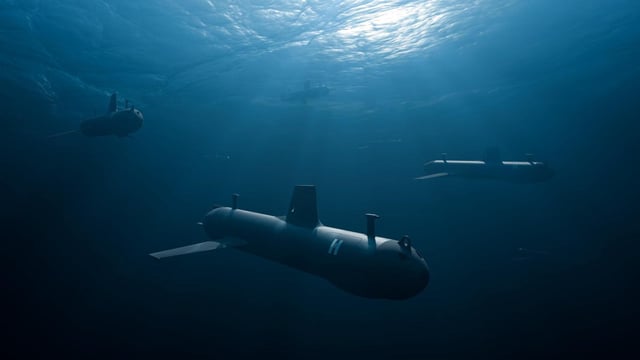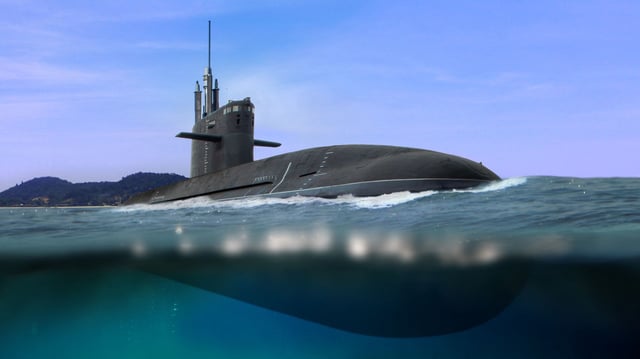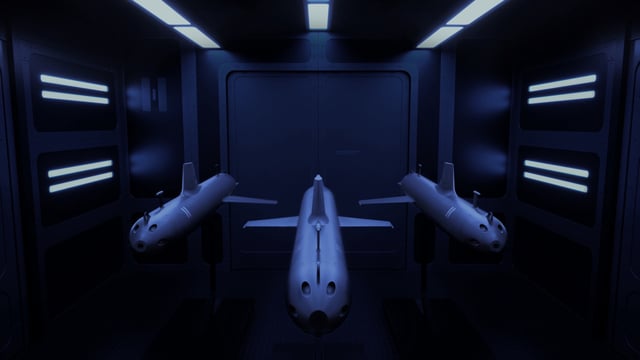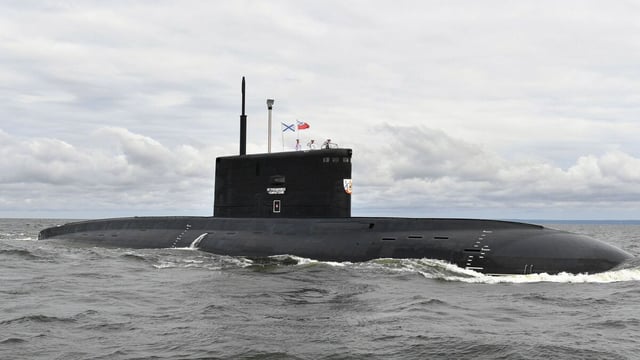Overview
- The Royal Navy is developing Lura, an AI-based underwater sensor network, to monitor and classify Russian submarines and shadow fleet vessels by their acoustic signatures.
- Lura employs SG-1 Fathom gliders, originally designed for whale tracking, which can operate autonomously for up to three months while passively listening for underwater activity.
- The system creates a distributed network of low-cost, autonomous drones that process acoustic data in real time, enabling faster response to potential threats.
- Helsing, contracted by the Royal Navy, integrated AI into the gliders to automate detection and distinguish between vessels of the same class with high precision.
- The Ministry of Defence is evaluating Lura's deployment to bolster maritime deterrence and safeguard critical undersea infrastructure, including communication cables targeted by Russian activity.



